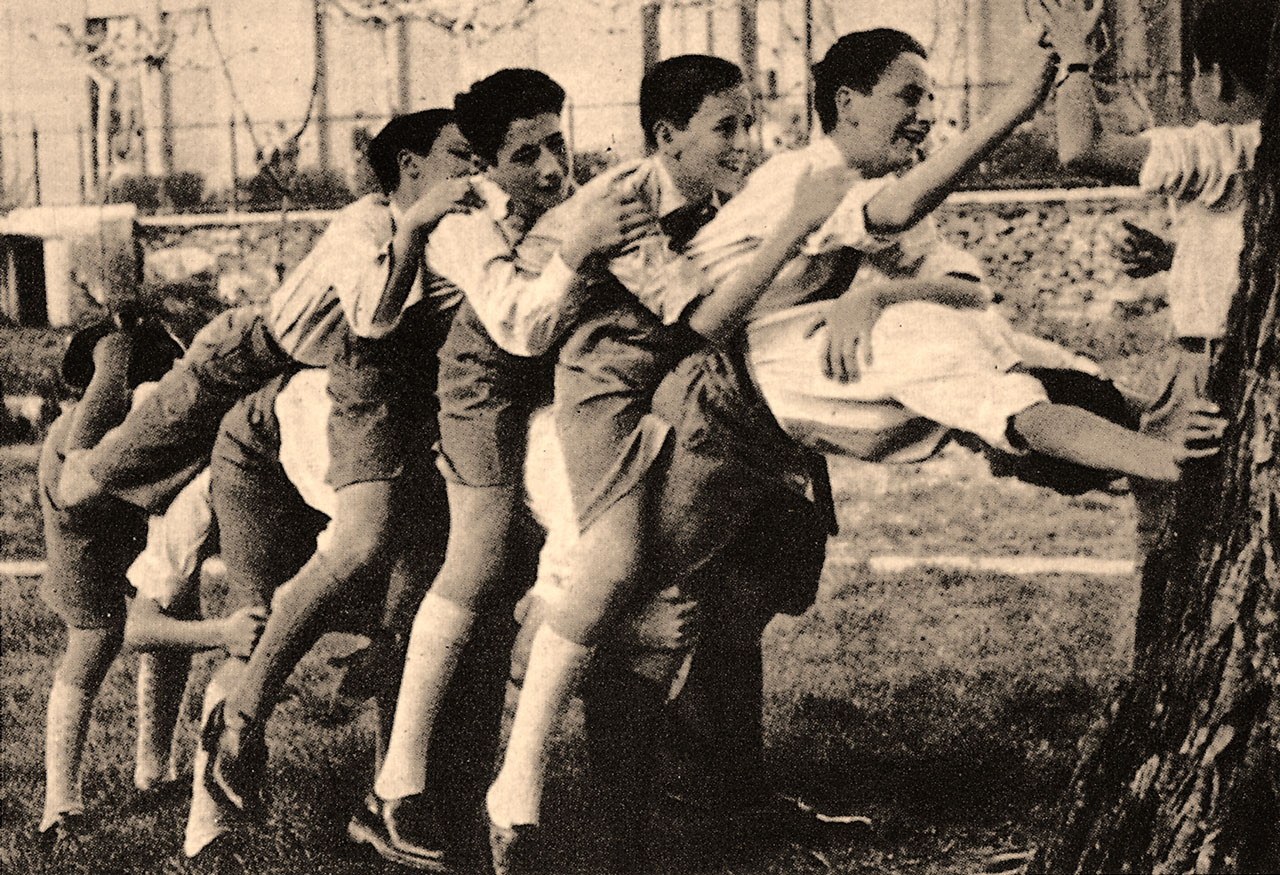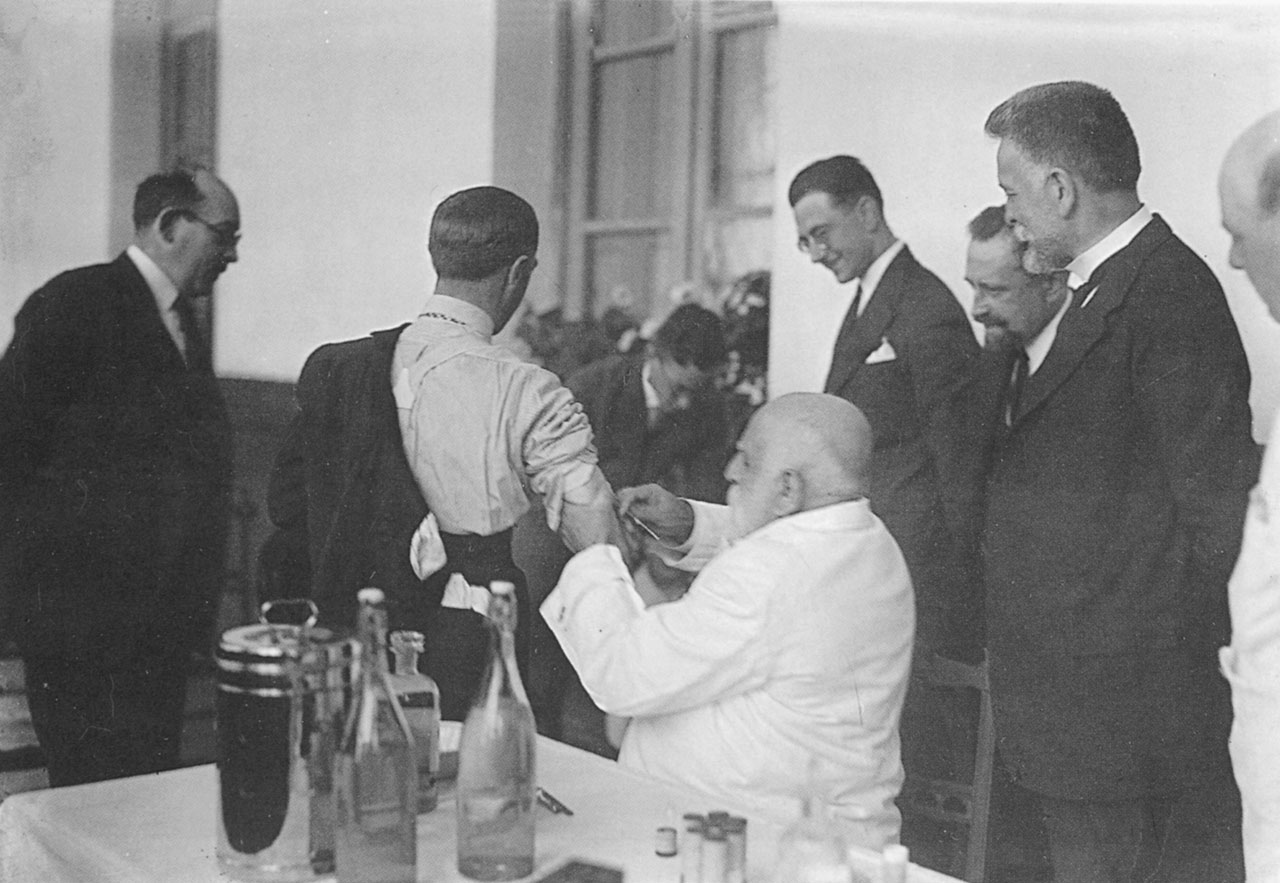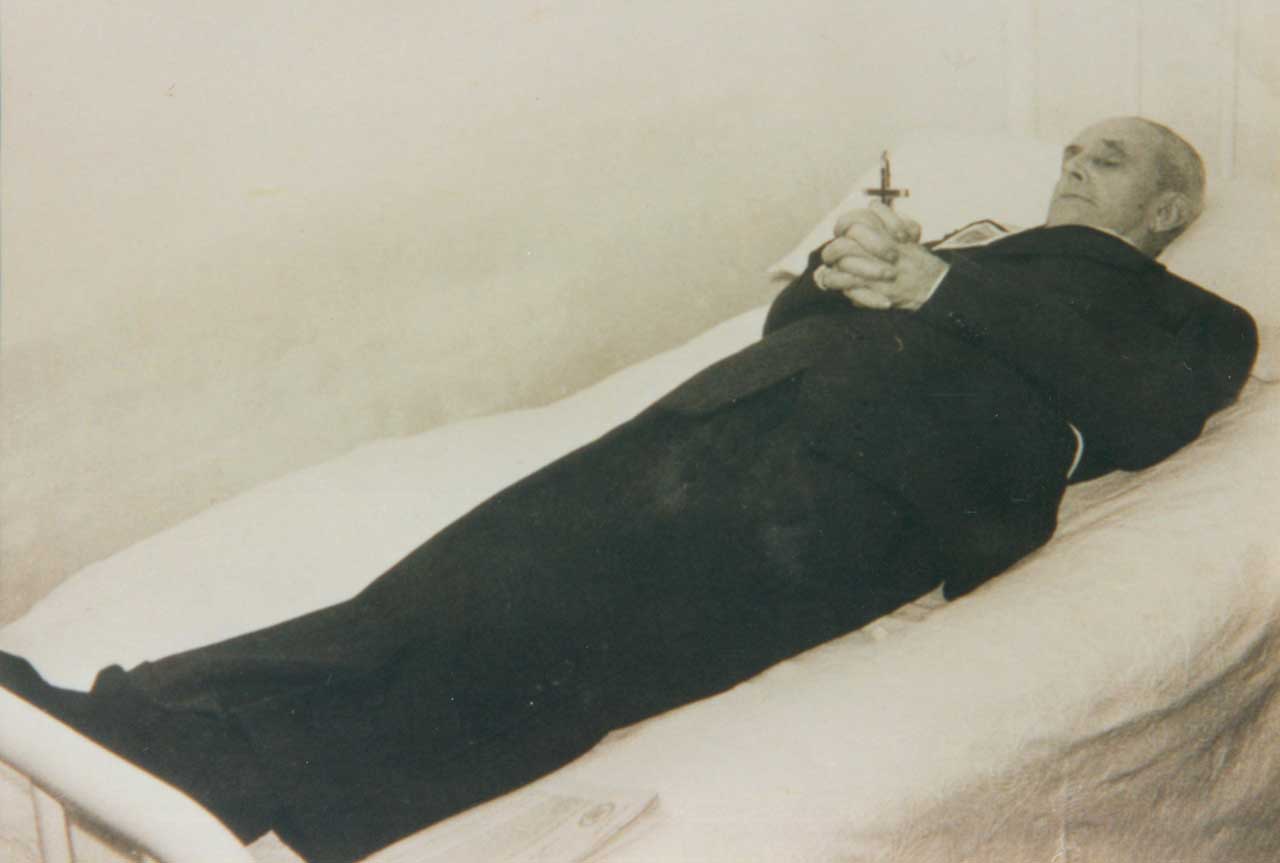Diferencia entre revisiones de «Main Page/en»
De Atlas Etnográfico de Vasconia
(Página creada con «{{DISPLAYTITLE: Ethnographic Atlas of the Basque Country}}») |
|||
| Línea 2: | Línea 2: | ||
<languages /> | <languages /> | ||
| + | |||
| + | {{DISPLAYTITLE: Ethnographic Atlas of the Basque Country}} | ||
{{DISPLAYTITLE: Ethnographic Atlas of the Basque Country}} | {{DISPLAYTITLE: Ethnographic Atlas of the Basque Country}} | ||
| Línea 283: | Línea 285: | ||
====[/atlas/agricultura/Descargando-el-grano-en-el-remolque-Argandona-2003.jpg|Unloading grain into the trailer. Argandoña (A), 2003. Source: Juan José Galdos, Etniker Euskalerria Groups.|Ezkur urte, laborte urte. <br />''Acorns a plenty, a year of prosperity.''||]==== | ====[/atlas/agricultura/Descargando-el-grano-en-el-remolque-Argandona-2003.jpg|Unloading grain into the trailer. Argandoña (A), 2003. Source: Juan José Galdos, Etniker Euskalerria Groups.|Ezkur urte, laborte urte. <br />''Acorns a plenty, a year of prosperity.''||]==== | ||
| + | |||
| + | ====[/atlas/agricultura/Siega-de-trigo-Gesaltza-1950.jpg|Siega de trigo. Gesaltza (G), c. 1950. Fuente: Archivo Municipal de Vitoria-Gasteiz: Fondo Enrique Guinea.|Satsitu ta jorratu ta garia hartu. Estercolar y escardar y recoger trigo.||]==== | ||
| + | ====[/atlas/agricultura/Desgranando-semilla-Zerain-1961.jpg|Desgranando semilla. Zerain (G), 1961. Fuente: Karmele Goñi, Grupos Etniker Euskalerria.|La selección de semillas ha sido de siempre una actividad fundamental. De cada cosecha se elegía la mejor semilla, para conservarla y utilizarla en la siguiente siembra.||]==== | ||
| + | ====[/atlas/agricultura/Laietan-Zeanurin-1920.jpg|Layando Zeanurin (B), 1920. Fuente: Archivo Fotográfico Labayru Fundazioa: Fondo Felipe Manterola.|Las layas, los arados, las rastras, las hoces, las guadañas y los trillos eran los útiles imprescindibles para los trabajos agrícolas.||]==== | ||
| + | ====[/atlas/agricultura/Acarreo-de-los-haces-de-trigo-1940.jpg|Acarreo de los haces de trigo. Álava, c. 1940. Fuente: Archivo Municipal de Vitoria-Gasteiz: Fondo Enrique Guinea.|Tanto la fuerza humana como la animal, hasta la introducción de la maquinaria moderna, han tenido una influencia decisiva en la forma de trabajar y en los cultivos.||]==== | ||
| + | ====[/atlas/agricultura/Recoleccion-de-oliva-a-ordeno-Moreda-2015.jpg|Recolección de oliva a ordeño. Moreda (A), 2015. Fuente: José Ángel Chasco, Grupos Etniker Euskalerria.|Uzta garaian lokartzen, miserian iratzartzen. El que duerme en tiempo de cosecha se despierta en la miseria.||]==== | ||
| + | ====[/atlas/agricultura/Utillaje-para-trabajar-el-lino-Zeanuri-1931.jpg|Utillaje para trabajar el lino. Zeanuri (B), 1931. Fuente: Archivo Fotográfico Labayru Fundazioa: Fondo Felipe Manterola.|Linoaren atsekabeak, amaigabeak. El trabajo del lino no es fino.||]==== | ||
| + | ====[/atlas/agricultura/Maizal.-Carranza--2016.jpg|Maizal. Carranza (B), 2016. Fuente: Luis Manuel Peña, Grupos Etniker Euskalerria.|San Jurgi, artoak ereiteko goizegi; San Markos, artoak ereinda balegoz. Para sembrar el maíz, el día de San Jorge es temprano, y el día de San Marcos es ya tarde.||]==== | ||
| + | ====[/atlas/agricultura/Trilladora-y-costales-de-trigo-Navarra-1960.jpg|Trilladora y costales de trigo. Navarra, c. 1960. Fuente: Archivo Museo de Navarra: Fondo Nicolás Ardanaz.|Maiatz luzea, gosea; garagarrilak ekarriko du asea. Mayo hortelano, mucha paja y poco grano.||]==== | ||
| + | ====[/atlas/agricultura/Vecinos-trabajando-en-las-eras-Alegria-Dulantzi-1940.jpg|Vecinos trabajando en las eras. Alegría-Dulantzi (A), c. 1940. Fuente: Archivo Municipal de Vitoria-Gasteiz: Fondo Enrique Guinea.|Elur asko den urtean, garia; eta erle asko dugunean, eztia. Año de nieves, año de bienes.||]==== | ||
| + | ====[/atlas/agricultura/Sembrando-patata-a-azada-Abadino-2009.jpg|Sembrando patata a azada. Abadiño (B), 2009. Fuente: Rosa M.ª Ardanza, Grupos Etniker Euskalerria.|Tanto los linares como los huertos constituían las piezas más delicadas del espacio agrícola, las más entrañables en la concepción de la propiedad particular del agricultor, las más incorporadas a su patrimonio familiar.||]==== | ||
| + | ====[/atlas/agricultura/Molino-de-Carranza-1977.jpg|Molino de Carranza (B), 1977. Fuente: Miguel Sabino Díaz, Grupos Etniker Euskalerria.|Hasta la década de los años 1950 el molino harinero era un elemento indispensable en la economía grícola-ganadera de nuestros pueblos.||]==== | ||
| + | ====[/atlas/agricultura/Descargando-el-grano-en-el-remolque-Argandona-2003.jpg|Descargando el grano en el remolque. Argandoña (A), 2003. Fuente: Juan José Galdos, Grupos Etniker Euskalerria.|Ezkur urte, laborte urte. Año de bellota, año de bienes.||]==== | ||
Revisión del 16:52 11 mar 2020
Cooking on the hearth. Apellániz (A), 1981. Source: López de Guereñu, Gerardo. “Apellániz. Pasado y presente de un pueblo alavés” in Ohitura 0, Vitoria-Gasteiz: Chartered Government of Álava, 1981.
House and Family in the Basque Country


House and Family in the Basque Country
The kitchen in the farmsteads was where people would usually gather together and was at the heart of family life.
Family Diet in the Basque Country


Family Diet in the Basque Country
Goseak dagonarentzat, ogi gogorrik ez. The famished make a feast out of bread crumbs.
Leapfrog jumping. Source: Iñigo Irigoyen, José. Folklore Alavés. Vitoria-Gasteiz: Chartered Government of Álava, 1949.
Children’s Games in the Basque Country


Children’s Games in the Basque Country
Astoka One or more participants bend down in a position that is usually called a frog and the others jump over them.
Traditional Medicine in the Basque Country


Traditional Medicine in the Basque Country
Pharmaceutical products have gradually replaced traditional cures.
Rites from Birth to Marriage in the Basque Country


Rites from Birth to Marriage in the Basque Country
Ezkon urte, ero urte. People go crazy in the year they wed.
Funeral Rites in the Basque Country


Funeral Rites in the Basque Country
A small group of neighbours would watch over the corpse in turns during the night and make sure that the light burning next to it did not go out.
Grazing in Eneabe. Zeanuri (B), 1996. Source: Labayru Fundazioa Photograhic Archive: José Ignacio García Muñoz.
Livestock Farming and Shepherding in the Basque Country


Livestock Farming and Shepherding in the Basque Country
Two millennia ago Pliny distinguished Vasconum saltus, humid and wooded, from Vasconum ager, with its grain fields and vineyards. That distinction still remains today, with regard to livestock farming.
Agriculture in the Basque Country


Agriculture in the Basque Country
Ezkur urte, laborte urte. Acorns a plenty, a year of prosperity.








